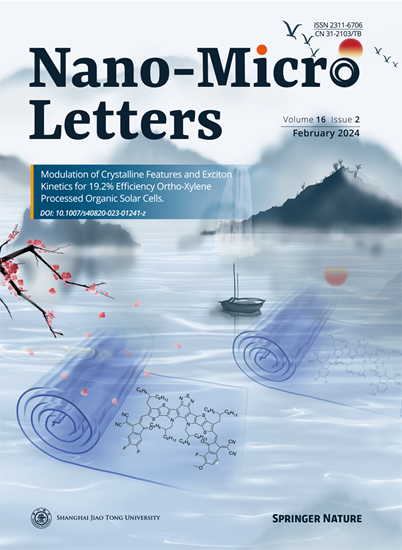Highly Thermal Conductive and Electromagnetic Shielding Polymer Nanocomposites from Waste Masks
Abstract
Over 950 billion (about 3.8 million tons) masks have been consumed in the last four years around the world to protect human beings from COVID-19 and air pollution. However, very few of these used masks are being recycled, with the majority of them being landfilled or incinerated. To address this issue, we propose a repurposing upcycling strategy by converting these polypropylene (PP)-based waste masks to high-performance thermally conductive nanocomposites (PP@G, where G refers to graphene) with exceptional electromagnetic interference shielding property. The PP@G is fabricated by loading tannic acid onto PP fibers via electrostatic self-assembling, followed by mixing with graphene nanoplatelets (GNPs). Because this strategy enables the GNPs to form efficient thermal and electrical conduction pathways along the PP fiber surface, the PP@G shows a high thermal conductivity of 87 W m⁻1 K⁻1 and exhibits an electromagnetic interference shielding effectiveness of 88 dB (1100 dB cm−1), making it potentially applicable for heat dissipation and electromagnetic shielding in advanced electronic devices. Life cycle assessment and techno-economic assessment results show that our repurposing strategy has significant advantages over existing methods in reducing environmental impacts and economic benefits. This strategy offers a facile and promising approach to upcycling/repurposing of fibrous waste plastics.


 求助内容:
求助内容: 应助结果提醒方式:
应助结果提醒方式:


